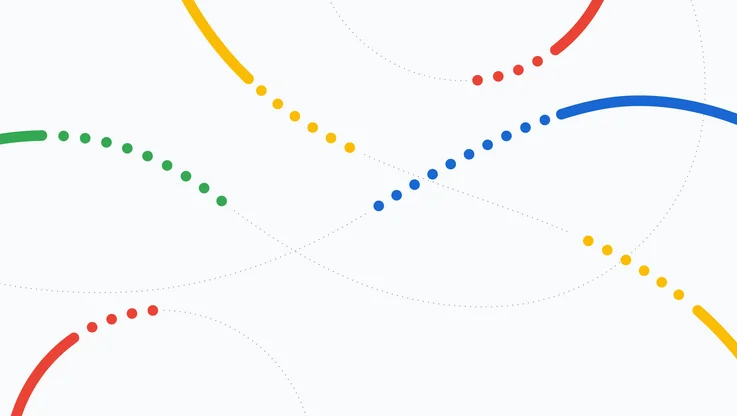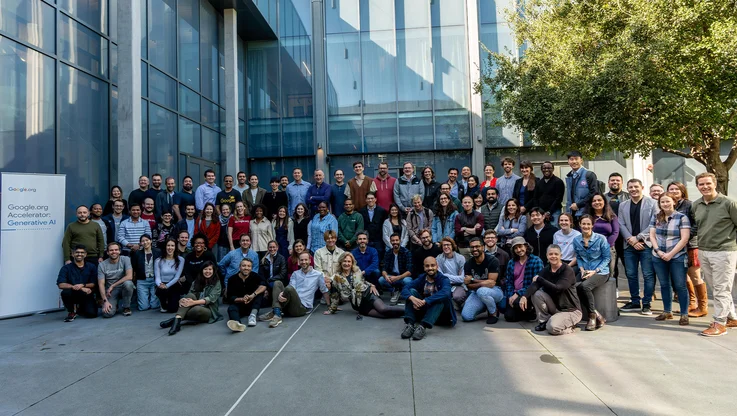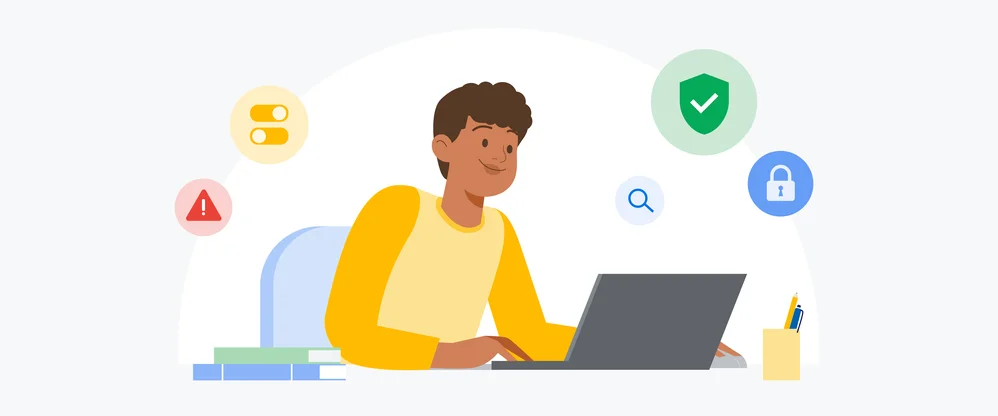Our continued commitment to combating child exploitation online
The Internet has been a tremendous force for good—increasing access to information, improving people’s ability to communicate and driving economic growth. But like the physical world, there are dark corners on the web where criminal behavior exists.
In 2011, the National Center for Missing & Exploited Children’s (NCMEC’s) Cybertipline Child Victim Identification Program reviewed 17.3 million images and videos of suspected child sexual abuse. This is four times more than what their Exploited Children's Division (ECD) saw in 2007. And the number is still growing. Behind these images are real, vulnerable kids who are sexually victimized and victimized further through the distribution of their images.
It is critical that we take action as a community—as concerned parents, guardians, teachers and companies—to help combat this problem.
Child sexual exploitation is a global problem that needs a global solution. More than half of the images and videos sent to NCMEC for analysis are found to have been uploaded to U.S. servers from outside the country. With this in mind, we need to sustain and encourage borderless communication between organizations fighting this problem on the ground. For example, NCMEC’s CyberTipline is able to refer reports regarding online child sexual exploitation to 66 countries, helping local law enforcement agencies effectively execute their investigations.
Google has been working on fighting child exploitation since as early as 2006 when we joined the Technology Coalition, teaming up with other tech industry companies to develop technical solutions. Since then, we’ve been providing software and hardware to helping organizations all around the world to fight child abuse images on the web and help locate missing children.
There is much more that can be done, and Google is taking our commitment another step further through a $5 million effort to eradicate child abuse imagery online. Part of this commitment will go to global child protection partners like the National Center for Missing & Exploited Children and the Internet Watch Foundation. We’re providing additional support to similar heroic organizations in the U.S., Canada, Europe, Australia and Latin America.
Since 2008, we’ve used “hashing” technology to tag known child sexual abuse images, allowing us to identify duplicate images which may exist elsewhere. Each offending image in effect gets a unique ID that our computers can recognize without humans having to view them again. Recently, we’ve started working to incorporate encrypted “fingerprints” of child sexual abuse images into a cross-industry database. This will enable companies, law enforcement and charities to better collaborate on detecting and removing these images, and to take action against the criminals. Today we’ve also announced a $2 million Child Protection Technology Fund to encourage the development of ever more effective tools.
We’re in the business of making information widely available, but there’s certain “information” that should never be created or found. We can do a lot to ensure it’s not available online—and that when people try to share this disgusting content they are caught and prosecuted.
Update June 17: Clarified language around NCMEC's Child Victim Identification Program and CyberTipline.





